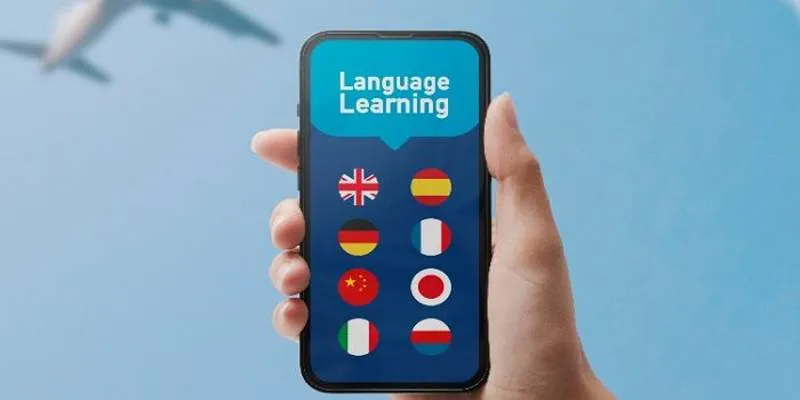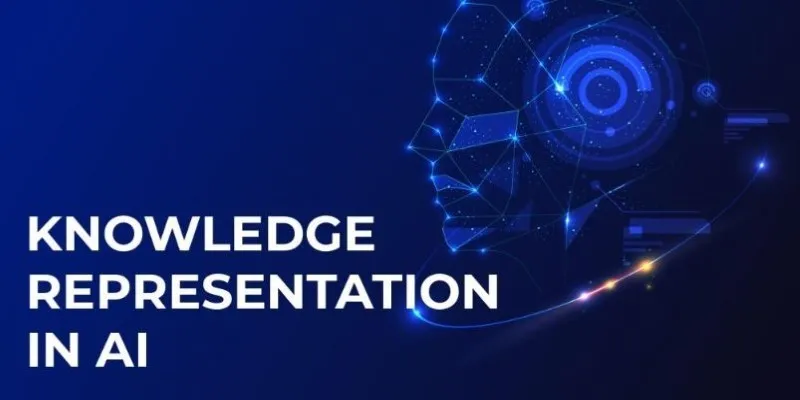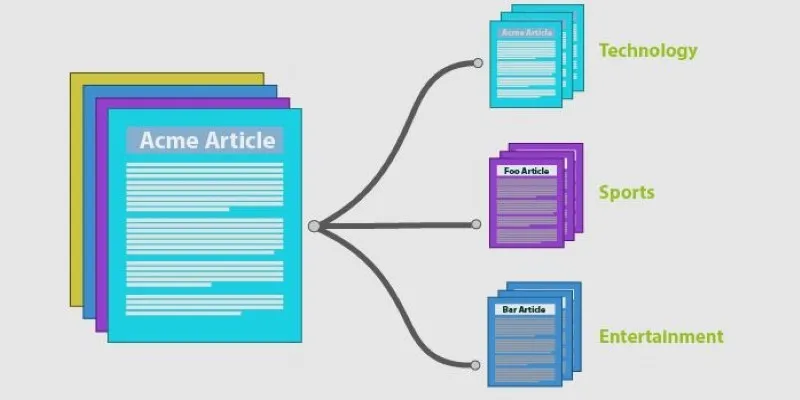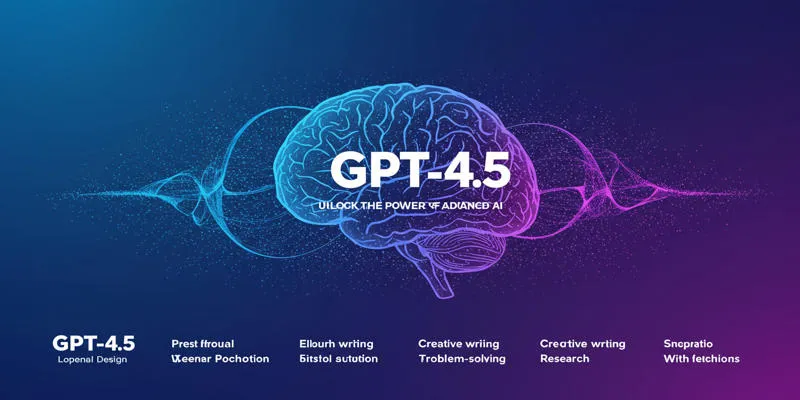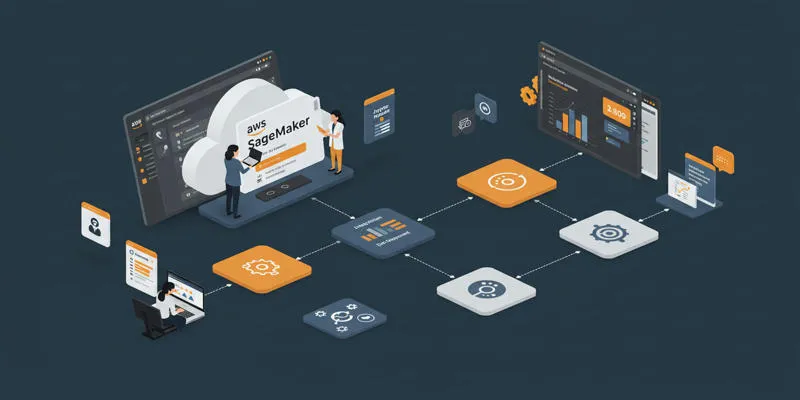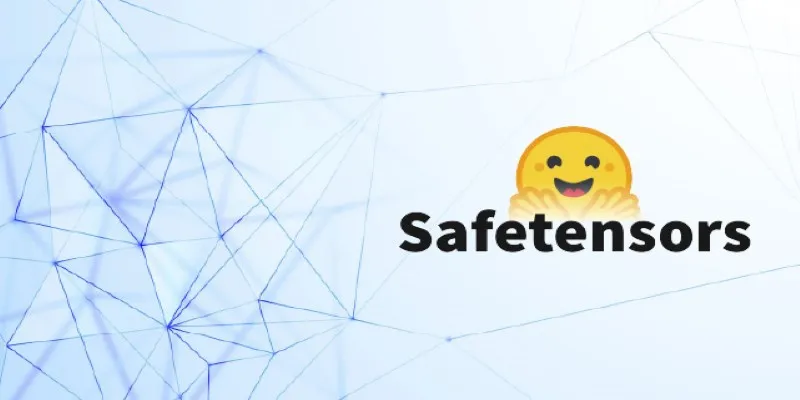Artificial Intelligence (AI) has revolutionized language learning. With apps like Duolingo and various new AI-powered tools, learning a new language has become easier, faster, and more enjoyable than ever. Whether you’re learning for travel, work, or personal growth, AI has made language learning more personal and engaging.
This post will explore how AI is used in language learning , what makes apps like Duolingo effective, and highlight other AI-powered tools. We’ll also discuss the benefits and future trends in this space.
The Power of AI in Language Learning
AI is now at the core of many language learning apps, with its main strength in personalization. Unlike one-size-fits-all programs, AI algorithms track user behavior, recognize strengths and weaknesses, and adapt the learning journey accordingly.
Through machine learning, AI systems identify patterns in a learner’s performance and suggest specific lessons, grammar drills, or vocabulary reviews based on real-time needs. This approach helps individuals learn smarter, not harder.
Core Features of AI-Driven Language Learning
Language learning apps powered by AI often include:
- Adaptive learning paths – Lessons adjust in difficulty as the learner progresses.
- Voice recognition – AI listens to speech and offers pronunciation feedback.
- Gamified progress – Learners earn rewards, points, or streaks to stay motivated.
- Spaced repetition – Words and phrases are repeated at strategic intervals for better memory retention.
- Real-time correction – Mistakes are flagged instantly to help learners improve faster.
These features support learners at all levels and provide a consistent and engaging experience.
Duolingo: A Pioneer in AI-Language Learning

Duolingo is perhaps the most widely recognized language learning app using AI. With over 500 million users worldwide, it’s known for its gamified approach and effective learning tools. Its AI algorithms track user progress and customize the content based on individual strengths and areas that need work.
The app supports over 40 languages and offers short, easy-to-follow lessons that fit into a learner’s daily routine. Duolingo’s AI predicts when a user is likely to forget a word and prompts timely reviews, improving long-term memory and encouraging daily practice.
How Duolingo Uses AI to Engage Learners
Duolingo’s approach relies heavily on gamification, but beneath the surface, its AI creates a deeper learning experience:
- It uses a Smart Review system to remind users of words they’re about to forget.
- The app’s voice recognition checks pronunciation and provides immediate feedback.
- Lesson branching allows users to skip or focus on certain skills based on performance.
- Daily practice reminders and progress tracking help form consistent habits.
While Duolingo leads in popularity, it’s not the only app harnessing the power of AI.
Alternatives to Duolingo: AI Apps Worth Exploring
Several other language learning platforms use artificial intelligence to enhance their offerings. Each app provides a unique twist on AI-powered learning and appeals to different types of learners.
Babbel
Babbel stands out for its focus on real-life conversations. It uses AI to suggest relevant lessons based on user goals. Grammar explanations are integrated into conversations, making the experience more practical and easy to understand.
Memrise
Memrise combines video clips of native speakers with AI-based review systems. Its emphasis on spaced repetition and multimedia content helps learners associate vocabulary with real-world use.
Busuu
Busuu offers a complete learning package , including grammar, writing, speaking, and listening exercises. It uses AI to adjust review times and ensure effective memorization. Additionally, it allows users to interact with native speakers for more authentic practice.
Mondly
Mondly uses AI chatbots and augmented reality (AR) for a more interactive experience. Learners can practice speaking in different scenarios using virtual conversations that feel real, boosting confidence and fluency.
Benefits of Using AI in Language Learning

AI has removed many traditional barriers to language learning. No longer do learners need to rely solely on classroom instruction or bulky grammar books.
Key Benefits Include:
- Flexible learning – Users can learn anytime, anywhere, at their own pace.
- Motivation through gamification – Points, badges, and daily goals keep learners engaged.
- Customized content – Lessons that reflect personal learning speed and progress.
- Instant support – Corrections and suggestions happen in real-time.
- Affordable education – Many AI-based apps are free or cost far less than in-person classes.
Together, these benefits make language learning more accessible and enjoyable for people of all ages.
Limitations and Challenges of AI-Based Learning
Despite its many strengths, AI in language learning also has some limitations. While technology continues to advance, there are still areas where human interaction remains essential.
Challenges Include:
- Lack of real conversation – AI can simulate speech, but it doesn’t fully replace live conversations with humans.
- Limited grammar explanations – Apps may oversimplify complex grammar rules.
- Dependency on devices – Too much screen time or app reliance can affect attention span.
- Generic cultural context – While some apps touch on culture, they can’t fully immerse learners in local customs or nuances.
To overcome these limitations, many learners combine AI tools with language tutors, conversation groups, or immersive travel experiences.
Conclusion
AI in language learning is no longer just a trend—it’s becoming the standard. Apps like Duolingo, Babbel, Memrise, and others are using intelligent systems to personalize lessons, track progress, and deliver an enjoyable experience. These tools make language learning more affordable, accessible, and user- friendly. While they may not replace human interaction entirely, they offer a powerful supplement for anyone looking to gain confidence in a new language. As AI continues to evolve, the future of language learning looks brighter—and smarter—than ever.
 zfn9
zfn9


